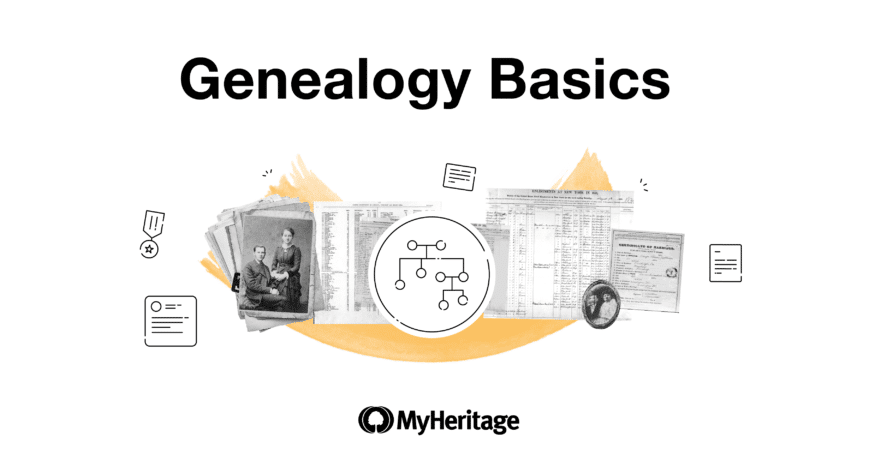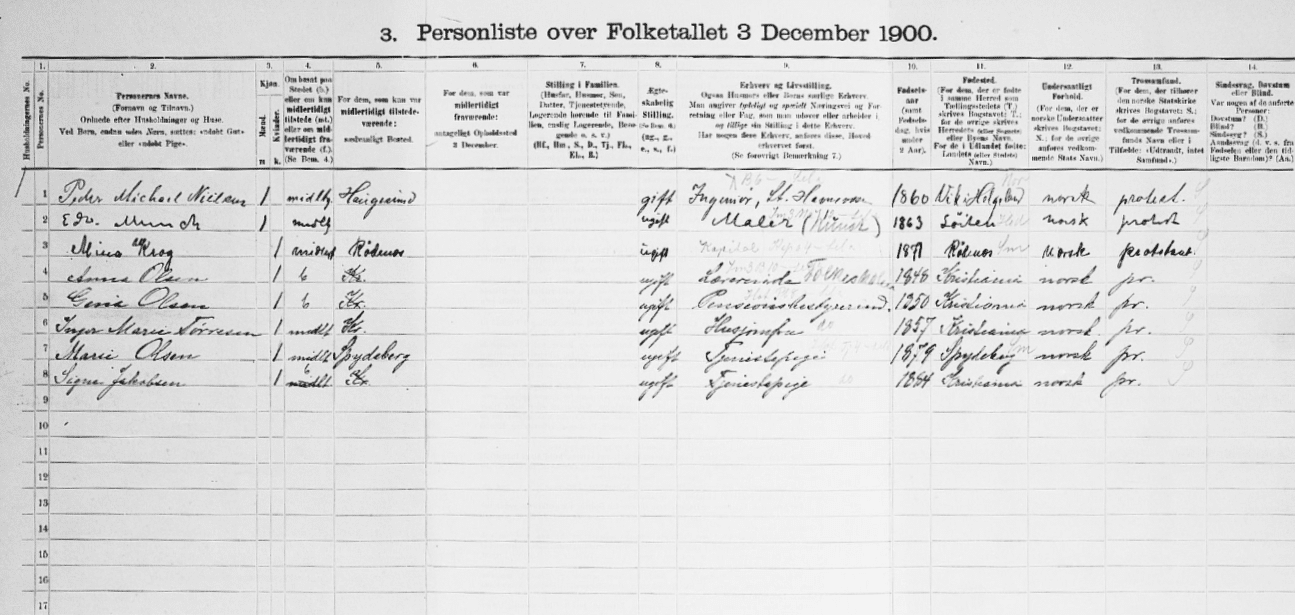Genealogy Basics Chapter 3: Discovering Historical Records
- By Talya


This is the third post in our Genealogy Basics series, in which MyHeritage walks you step-by-step through building your family tree. As we discussed in chapter 1, the first place to start when building your family tree is interviewing your relatives. They can help provide the basic facts and information so you can start putting it together into a tree — as discussed in chapter 2. The problem is, when relying only on information from living relatives, you can only go back as far as living memory.
That’s where historical records come in.
Historical records can include anything from official government or military records to personal correspondence sent from abroad. Until a few decades ago, gaining access to records like these involved physically traveling to archives and libraries and meticulously searching through lists and microfilms. Today, researching your family history has become easier than ever thanks to instant online access to digitized records. MyHeritage SuperSearch™ gives users access to over 10 billion digitized and searchable historical records to help users on their quest to learn more about their roots.
Here are some types of historical records you can find on MyHeritage that might add valuable information to your family tree.
Birth, Marriage, and Death Records
The earliest type of vital record began in ancient times: grave markers. It became standard practice to mark a burial site with the names and dates of the birth and death of the deceased.
In the late Renaissance and early modern periods, churches began keeping track of baptisms, burials, and marriages that took place within the community. Later, governments began to require citizens to register births, marriages, and deaths.
MyHeritage grants users access to more than 1000 collections that include more than 2 billion records of this type, including birth certificates, marriage and divorce records, church records, and burial records. The records are from every continent and go as far back as 1474 in Leiden, the Netherlands.
Birth, marriage, and death records can provide you with vital information about your relatives: when and where they were born, who they married, and where and how they died.
From our France Nord Civil Marriages, 1792-1937 collection is the marriage record of Charles de Gaulle’s parents — Henri Charles Alexandre De Gaulle and Jeanne Caroline Marie Maillot.

Marriage record of Charles De Gaulle’s Parents, Henri Charles Alexandre De Gaulle, and Jeanne Caroline Marie Maillot, 1886
Censuses and Voter Lists
As governments began to modernize, a need arose to keep better records of the population. The U.S. Founding Fathers proposed the census as a way to ensure that the population of each state would have the right number of representatives in the government. In other countries, governments may have collected information on the local population for tax purposes.
On MyHeritage, you can access more than a billion census and voter records from both Americas, Europe, and Oceania starting with the Minden citizen lists from Germany in the 1570’s.
Census records usually include the names, ages, and occupations of each member of the household living at a given residence. By finding a census record that mentions your ancestors, you may be able to learn the exact address where they lived.
Drawn from the 1900 Norwegian census records, is the census record of Edvard Munch, the artist of the famed painting, “The Scream.”
Immigration and Travel Records
Humans have moved around a lot, especially in the past several centuries when travel became less dangerous and more economical. Immigration records became especially important during the major immigration waves to the United States at the turn of the 20th century. If your ancestors were immigrants, you may be able to learn about when they came, and where from, thanks to these records.
On MyHeritage, you will find 45 collections with more than 150 million immigration and travel records, including immigration documents, passenger lists, and naturalization records from Europe, the Americas, Oceania, and Asia, starting with the US immigration records going back as far as the year 1500.
Newspapers and Publications
With the invention of the printing press in the late 15th century, it became much easier to spread information. The first printed newspaper began to publish a weekly edition in Germany in 1609. Newspapers and books record important current events, and you might be able to find mention of your ancestors in these publications — whether as important public figures, as heroes of a local news story, or even in the ads, offering a service or product. Obituaries in particular can provide valuable information about their lives.
MyHeritage has almost 80 million newspaper records and 85 million book and publication records from North America, Europe, and Oceania.
Drawn from the Delmarva Star, a Wilmington Delaware newspaper that is part of the Delaware Newspapers,1880-2009 collection, is a biographical piece on Annie J. Cannon, a renown American astronomer.
Military Records
Unfortunately, human existence has been plagued with war for most of history. Your ancestors probably survived at least one war. They might even have served in the army, or had brothers or other relatives who perished in battle. Military records can provide invaluable information about your family members, because they are often quite detailed, including physical characteristics such as eye color, hair color, and height.
MyHeritage grants users access to almost 50 million military records from North America, Europe, and Oceania, going back as far as a British army index from 1787.
Other Records
This is hardly an exhaustive list. There are many other kinds of historical documents where your ancestors’ names may be hiding, just waiting to be found. Check out our full collection catalog to find out what other kinds of records you can access on MyHeritage.
Get to It!
Ready to dive into the archives to discover documents about your ancestors? You can go straight to MyHeritage SuperSearch™ to get started, but our Record Matches™ feature might save you the trouble: it automatically brings you suggestions of records that might match individuals on your family tree. To access Record Matches™, select “Matches by source” under the “Discoveries” menu, or click on the brown icon that appears on an individual’s personal card in your family tree.







